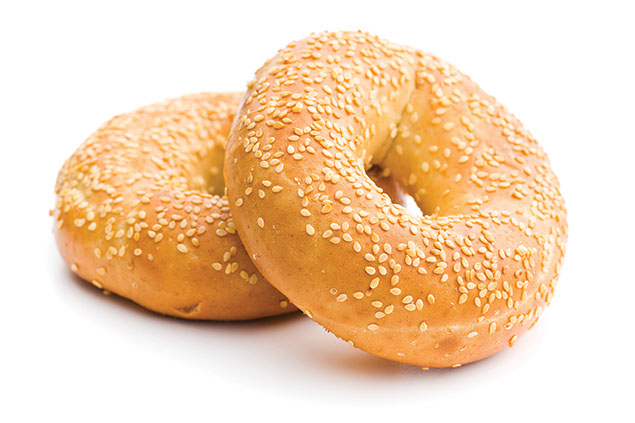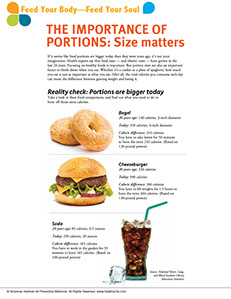SYMPTOM CHECKER
CONDITIONS
Male
Female
Child
Arm, Hand & Shoulder Concerns
Legs & Feet Concerns
Dental & Mouth Concerns
Ear & Nose
Eye Conditions
Head Conditions
Arm, Hand & Shoulder Concerns
Legs & Feet Concerns
Front
Back
Arm, Hand & Shoulder Concerns
Dental & Mouth Concerns
Ear & Nose
Eye Conditions
Head Conditions
Arm, Hand & Shoulder Concerns
Dental & Mouth Concerns
Ear & Nose
Eye Conditions
Head Conditions
Front
Back
Arm, Hand & Shoulder Concerns
Neck Links
Head & Neck Concerns
Arm, Hand & Shoulder Concerns
Neck Links
Head & Neck Concerns
Front
Back
Online Clinic
Wise Healthcare
The importance of portions: Size matters
Print on Demand
If it seems like food portions are bigger today than they were years ago, it’s not your imagination. Health experts say that food sizes — and obesity rates — have grown in the last 20 years. Focusing on healthy foods is important. But portion sizes are also an important factor to think about when you eat. Whether it’s a cookie or a plate of spaghetti, how much you eat is just as important as what you eat. After all, the total calories you consume each day can mean the difference between gaining weight and losing it.
Reality check: Portions are bigger today
Take a look at these food comparisons, and find out what you need to do to burn off those extra calories.
Bagel
20 years ago: 140 calories, 3-inch diameter
Today: 350 calories, 6-inch diameter
Calorie difference: 210 calories
You have to rake leaves for 50 minutes to burn the extra 210 calories. (Based on 130-pound person)
Cheeseburger
20 years ago: 330 calories
Today: 590 calories
Calorie difference: 260 calories
You have to lift weights for 1.5 hours to burn the extra 260 calories. (Based on 130-pound person)
Soda
20 years ago: 85 calories, 6.5 ounces
Today: 250 calories, 20 ounces
Calorie difference: 165 calories
You have to work in the garden for 35 minutes to burn 165 calories. (Based on 160-pound person)
Source: National Heart, Lung, and Blood Institute Obesity Education Initiative
This website is not meant to substitute for expert medical advice or treatment. Follow your doctor’s or health care provider’s advice if it differs from what is given in this guide.
The American Institute for Preventive Medicine (AIPM) is not responsible for the availability or content of external sites, nor does AIPM endorse them. Also, it is the responsibility of the user to examine the copyright and licensing restrictions of external pages and to secure all necessary permission.
The content on this website is proprietary. You may not modify, copy, reproduce, republish, upload, post, transmit, or distribute, in any manner, the material on the website without the written permission of AIPM.
2021 © American Institute for Preventive Medicine - All Rights Reserved. Disclaimer | www.HealthyLife.com
















































